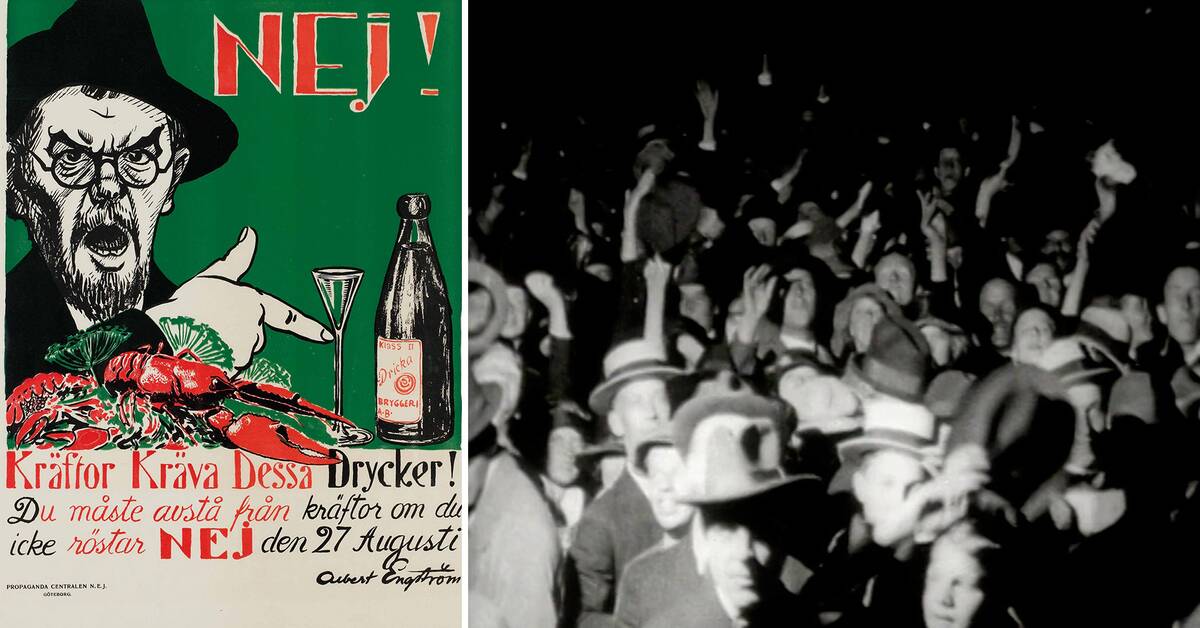It was the Swedish temperance movement, but also social democracy, which was driving the issue of a referendum on "introduction of a complete ban on intoxicating drinks" in Sweden.
At the time, the question of an alcohol ban was also relevant in several countries.
According to Richard Tellström, associate professor of meal science and ethnologist at Stockholm University, the vote still shapes the Swedes' view of alcohol;
when and how to drink, how to sell and serve it.
- For example, we still don't have pure bars, but all bars must also have food service, simply a hot kitchen.
What is also special about this vote and its results is that we get a very strong class team.
It's about controlling the drinking of the working class, while the wine drinking of the middle class was largely unaffected, says Tellström.
"Big difference between north and south"
Another result of the 1922 referendum was that the counter book was generally introduced.
The steep system, as it was also called, was in operation until 1955 when it was abolished.
The liquor referendum was also the first referendum held after women's suffrage was introduced in 1919. When women's and men's votes were counted separately, it was also clear that women were more in favor of a ban on alcohol.
- There was also a very big difference between north and south, city and countryside, and in the regions that had a lot of free churches, there were many more supporters of the prohibition of alcoholic beverages than, for example, in southern Sweden, says Tellberg.
See pictures from when it started and hear Richard Tellström and Sven Andréasson, alcohol doctor and professor of social medicine at Karolinska Institutet, about the referendum and what has happened since then in the video above.

